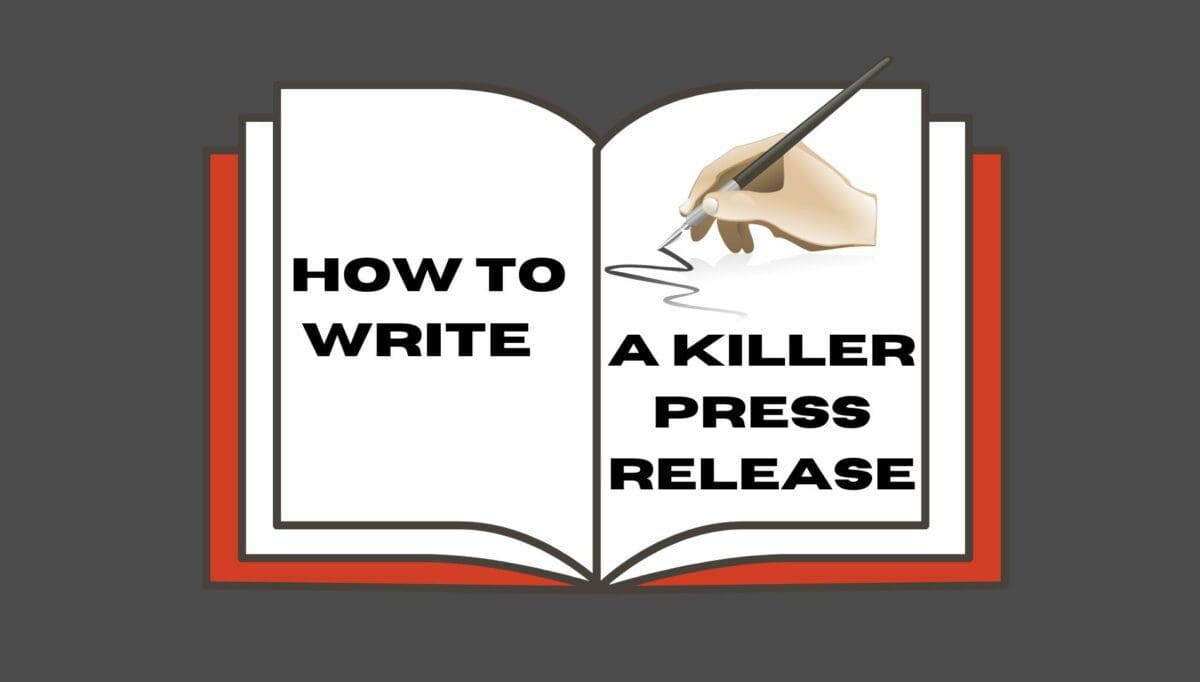As we start out learning to play the guitar, one of the first hurdles we face as students are tuning our instruments. Perhaps you’ve had your first music lesson, and go home and enthusiastically pull out your guitar, only to find that the strings now sound “wrong”.
The guitar is already out of tune! This article will cover what to tune a guitar to, focusing on how to tune a guitar for beginners, but it may also benefit experienced guitarists, too. We’ll also give you an in-depth guide and video tutorial on how to tune a guitar by ear!
We will look at how to tune a guitar via the two key approaches:
- How to tune a guitar by ear
- Using an electronic guitar tuner
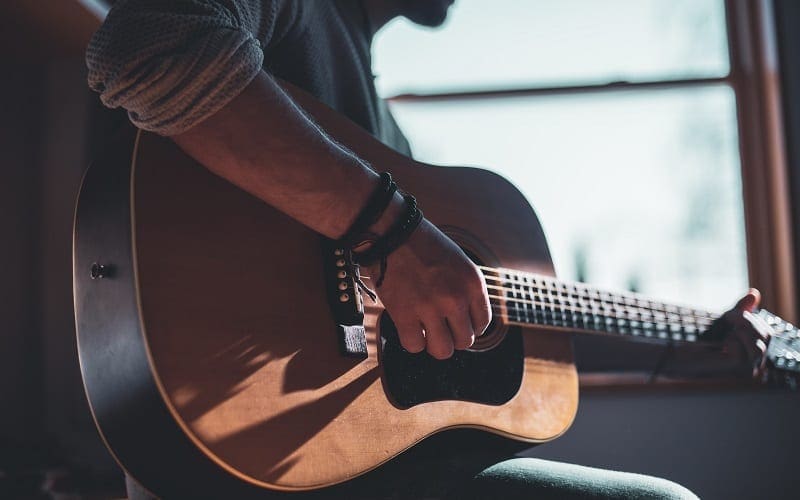
Guitars strings are tuned using the tuning keys (usually called “tuners” or sometimes machineheads) on the headstock of the guitar. Usually, we hand-turn them anti-clockwise to tune the string up in pitch, and turn them clockwise to tune down. Though this is aimed at aspiring guitarists, the material can also apply to how to tune a bass guitar and how to tune a 12-string guitar.
What Notes Are Guitars Tuned To?
Let’s look at how to tune a six-string guitar to standard tuning. The notes of which are as follows:
Strings: 6 5 4 3 2 1
Tuning note: E A D G B E
Note: “6” is the thick bass string closest to us, and “1” is the thin treble string furthest away.
Why Does My Guitar Go Out Of Tune?
“It was in tune when I bought it!”
Let’s get one thing out of the way. Guitars, of any value, must be tuned regularly. How often depends on many factors, such as:
- How you play the instrument
- Changes in temperature and humidity
- How it is transported and stored
- Condition of your strings
Guitars need tuning often (more on that later), so being able to tune it yourself is essential!
How To Tune A Guitar By Ear
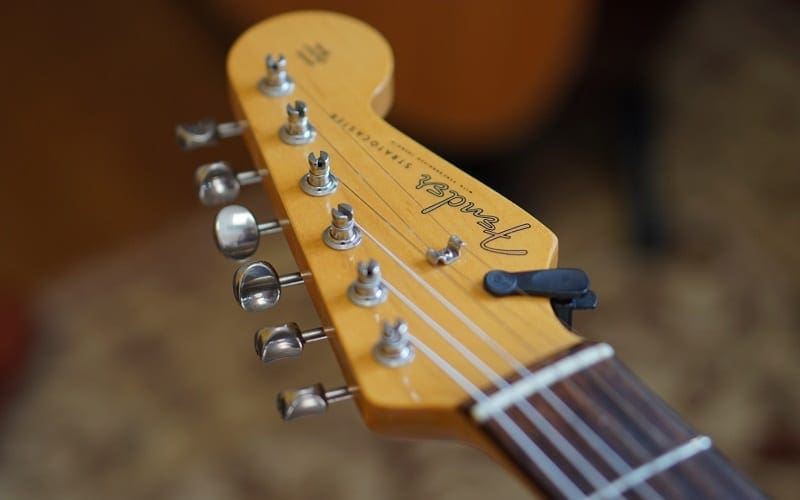
Knowing what to tune a guitar to can be tricky. On the face of it, learning to tune by ear seems a pragmatic choice. We might find ourselves without a tuner at some point, right?
But it is so much more than just a convenience. The process of learning to tune the guitar this way forces us to familiarise ourselves with the sound of each string and, equally importantly, the “wrong” sounds they make when they are out of tune. It is one of our very first lessons in training the ear, teaching us to recognise particular sounds as well as introducing us to the concept of music intervals.
Let’s start by making two things clear about tuning by ear: perfect pitch is not required, and everyone can learn how to tune a guitar by ear to some degree.
“Fifth Fret” Technique
The primary method we will cover for tuning by ear is the “fifth fret” technique. It is easily the most common way used and taught and is simple to learn.
To tune a guitar this way, we compare a note on one string to the next string along by playing the two together. We first compare the E to the A string, then A to D, D to G and so on until all the strings are in tune. We use the fifth fret, as this makes a string the same note as the next one along (except for the B string, as we’ll see later). For example, on the low E string we can play an A note by holding down the fifth fret, which is the same note as the next string.
When we play the notes together, we are listening out for the following:
- Is the open string lower or higher in pitch? If you’re unsure, gradually adjust the tuner on the open string to alter the pitch then compare the notes again
- A “Beating” pulse between the two notes. This means the notes are close to being in tune! As you tune the open string gradually, the beating will start fast and gradually slow to a stop as you tune in the correct direction
Review the tab below. Note that all strings use the fifth fret apart from the G-B strings, which require the fourth fret.

Let’s Tune Our Guitar!
Here are the steps to tune your guitar:
- Press the fifth fret of the string below the one you want to tune. For example, the fifth fret on the E string to tune the A string.
- Play the fretted string followed by the adjacent open string note e.g. the A string.
- Listen to the two together, and work out whether you need to tune the open (A) string upward or downward.
- Tune the open string in the direction of the fretted note. If the open string is lower than the fretted one then tune up, or vice versa.
- As the pitch of the open string gets closer to the fretted string, listen closely for a beating sound between the two notes. It will start quite fast, and as you tune in the correct direction it will slow.
- Once the beating seems to have stopped, your string is in tune!
- Now, repeat these steps again for each string pair following the tab above until the guitar is all tuned up. After that, we’re ready to go!
It will take time and patience to get the knack of this, but with regular practice, confidence and speed will come.
A video demonstration of the above method can be viewed here:
Using This Method
The caveat of employing this technique is that we are effectively tuning all the strings to the low E string, which is not a precise reference. As you might have guessed, if our low E string is out of tune, then we’ll be making the whole guitar in tune with itself but out of tune with any other instruments!
So, this approach is mainly useful for home use where we play alone. It is also a quick way to check tuning in a gig setting, but should not be solely relied upon if you are playing with other musicians.
How To Tune A Guitar By Ear: Other Methods
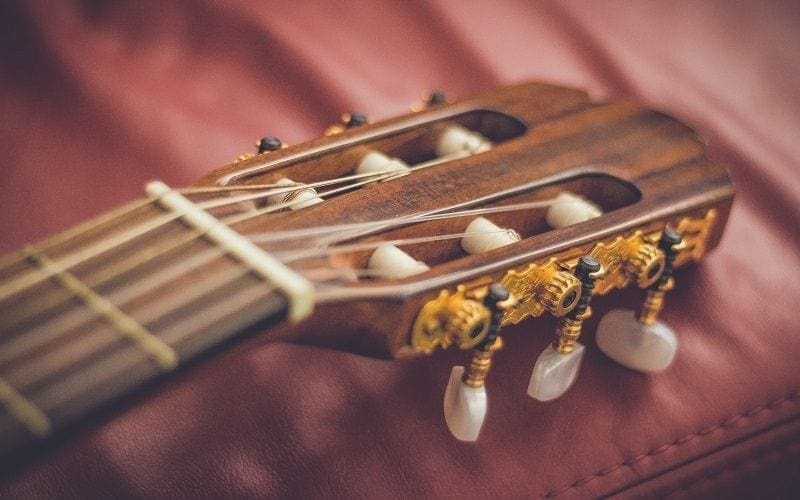
Use Another Instrument
If you have access to another tuned instrument (such as a keyboard piano), you can compare the notes on the piano to your guitar string to check the tuning.
Much in the same way as our fifth fret method, play the relevant key on the piano for the string you wish to tune (E, A, D etc.) and compare the notes with your string. Don’t forget to listen out for that “beating” sensation, and tune until the beats slow down and disappear.
The benefit here is that we know a keyboard/piano plays in tune, so we have the potential to tune the instrument to pitch accurately. This is also another fantastic exercise for training your ears!
Use A Song You Like
Something that helped me greatly when starting out was trying to use songs as my guide for tuning. If a song you like features an E, A, D, G or B chord, you can use this to tune!
One easy example is “Back in Black” by AC/DC. The first chords are E, D and A – perfect! And if we then combine this with the fifth fret technique we’ve just learned, we can accurately tune our guitar entirely by ear. An extra bit of practice here could be to try and remember the song we use as our reference without listening to it, using the memory of the song’s key to guide you.This can be more effective than you expect, and helps us pretend that we might have perfect pitch after all!
How To Tune A Guitar With An Electronic Tuner

Electronic tuners take our ear out of the equation, providing precise information on the note of the string and indicators showing how in-tune it is.
There are different kinds of electronic tuner on the market, so this section has been split into three parts:
- Pedal tuners
- Clip-on tuners
- Mobile apps/websites
Pedal Tuners
These can be used to tune electric guitar, bass guitar and electro-acoustic instruments. Compared to tuning by ear, using a pedal is easy and generally offers the highest level of pitch accuracy of all the options discussed. However, it is also typically the most expensive option, and necessitates a guitar cable for use.
We pluck a string, and the tuner lets us know what note our string is currently tuned to and indicates whether it is in tune, too low (flat), or too high (sharp).
- Green = in tune
- Left red = note too low (flat)
- Right red = note too high (sharp)
If the note is too low, you need to tune the string up in pitch. If it is too high, tune the string down. With an electronic tuner, we can tune to any note, so make sure when using that it is showing the correct note for the string you wish to tune (e.g. E).
A video showing a guitar tuner in use can be viewed below:
Here are two popular examples of tuner pedals:
Boss TU-3 Chromatic Tuner

TC Electronic Polytune 3 Polyphonic Tuner

Clip-On Tuners For Guitar
For most of us, this is our first experience of tuning a guitar.
These are great, convenient little devices that easily fit in our gig bag or remain on the guitar. They’re inexpensive and often come packaged free with beginner guitars. They tune our instrument in just the same way as our pedal tuner, displaying information on a string’s note and tuning. However, you don’t need a guitar cable for this one, making it perfect for acoustic guitar.
Examples of great clip-in tuners can be viewed below:
Snark SN-5X Clip-On Tuner

D’Addario NS Micro Headstock Tuner

Mobile Phone Apps For Tuning a Guitar
Earlier, I said that one reason we might learn how to tune a guitar by ear was that we didn’t have a tuner to hand. I’m afraid, these days, this would make for an extremely poor excuse to our guitar teacher as to why we haven’t practised.
If you have a phone or computer, you already have access to a guitar tuner. Below are two great apps which you can use for free to tune your guitar – though there are many you can choose from. Just start up the tuner on the app and pluck each string one at a time. The app will show the name of the note and tuning indication, just like a pedal tuner.
Fender Tune

GuitarTuna
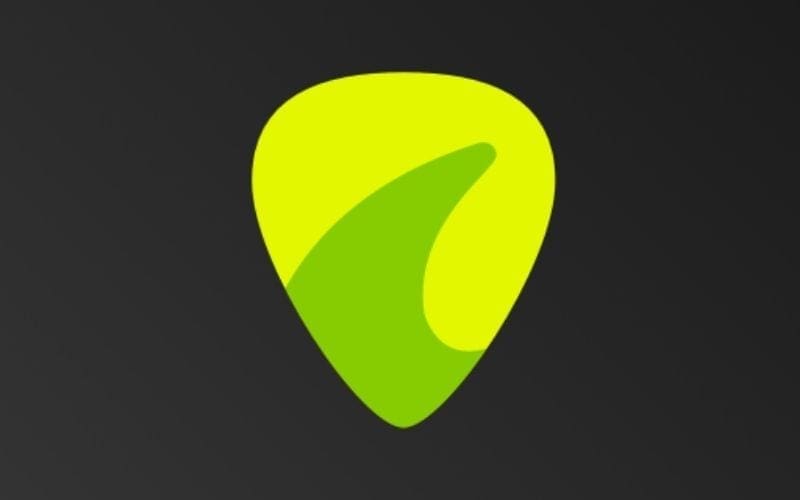
Note: both apps include paid features, but the tuning function is free and does not require any sign-ups.
How To Tune A Guitar For Beginners: FAQ
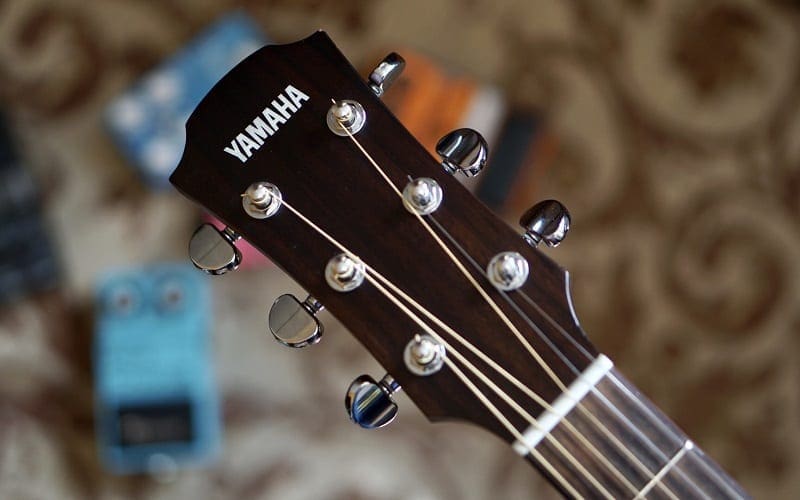
Here are the most commonly asked questions, and some answers to help.
How Often Should I Tune?
As often as you need to!
How guitars maintain tuning varies between different models, so everyone will be different. When we practice at home, there’s less pressure for us to be pitch-perfect, so you probably won’t rush to tune constantly here. At a gig, however, it is quite common to check to tune between most songs, or even mid-song! It’s important that our sound fits with the band. An out-of-tune instrument is a sure way of getting yourself noticed for the wrong reasons.
You should also tune your guitar whenever you take it somewhere. Especially with acoustic guitars, the wood can move/change slightly due to for example a change in temperature, which could affect the tuning.
You should also tune your guitar if you haven’t used it in a while as it has likely gone out of tune from sitting around. Pro tip: If you’re not planning to play the guitar for a while, it’s good practice to detune it before putting it away. That way, you’re not leaving the guitar sitting around with lots of tension on it, as that could cause damage.
Why Does My Guitar Never Stay In Tune?
Assuming you are tuning regularly, if your guitar persists in becoming out of tune very quickly, then it may have set-up problems. In this case, take the guitar to the store it was purchased from or seek advice from a local guitar luthier.
Which Electronic Tuner Will Work Best For Me?
Consider your requirements, and you should find the answer easily. If you plan to gig, or already have a pedalboard, then the pedal option is probably right for you. If you just need something easy and convenient, then a clip-on tuner is perfect!
What On Earth Is 440Hz?
You will see this function on most tuning devices, particularly clip-on tuners. This allows you to change the concert pitch. A = 440Hz is used as an indicator of how all the notes across the pitch range are tuned.
The thing we need to know for now is that your tuner will be set to A = 440Hz out of the box. This is how it should remain unless told otherwise!
Now You Know How To Tune A Guitar
So there you have it! Now you know what to tune a guitar to.
Having your guitar in tune is fundamental. It is more important than which guitar you have, how many strings it has, what it sounds like, or how much it costs. Any guitar player, beginner or prodigy, will appear novice if their instrument is out of tune.
Learning how to tune a guitar by ear and being able to discern when it is out of tune is a great skill that sets you on the right track to improving your guitar skills. Though it is primarily a tuning exercise, it also encourages you to pay attention to how your guitar sounds playing over a song and in a band setting. I implore you to attempt tuning by ear first when practising at home, using an electronic tuner only if you need to afterwards. Learning to hear when the strings are in tune is part of practice too.
For further reading on training your ear, I recommend checking out our Music Theory 101 guide on Music Intervals.






